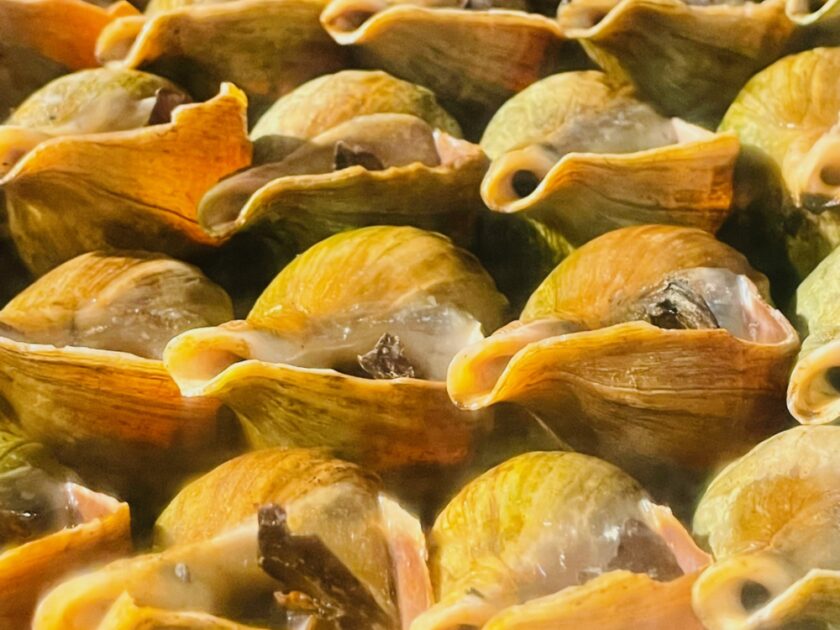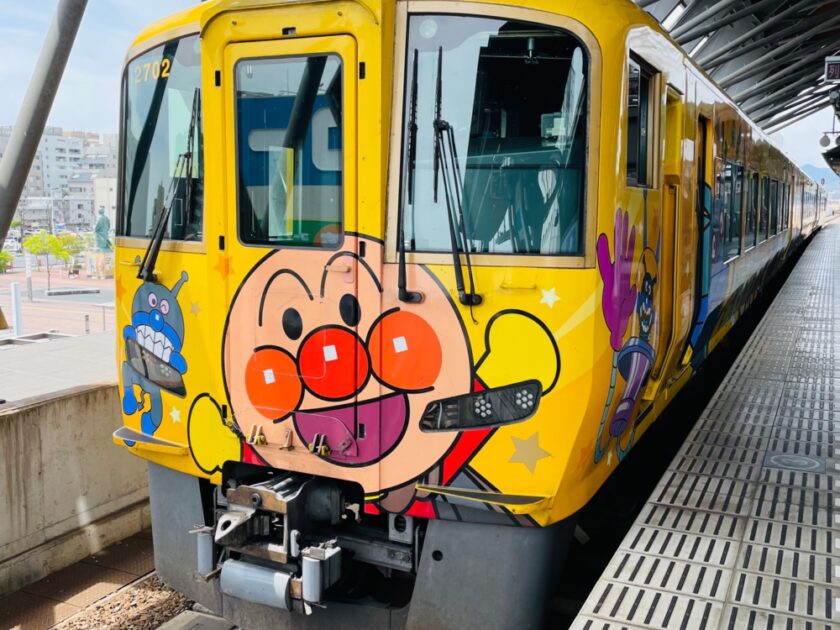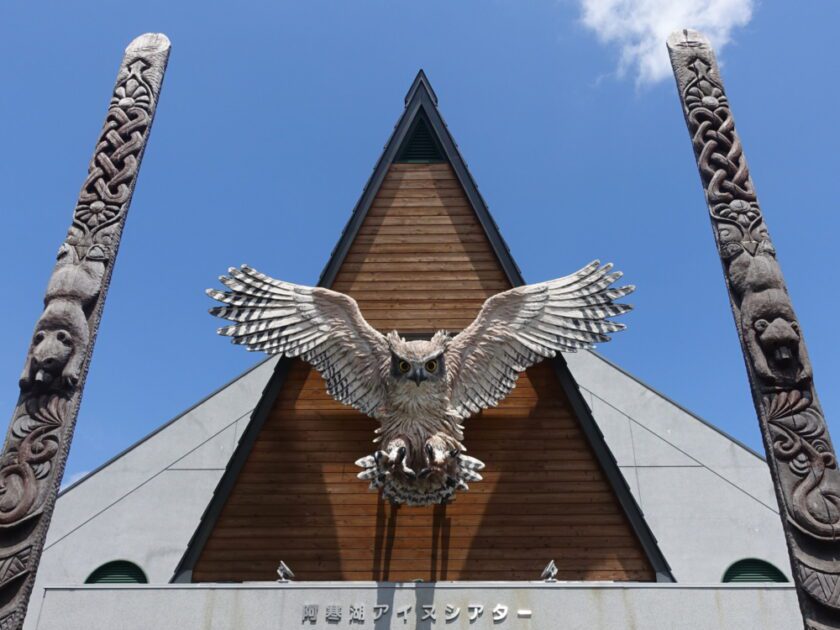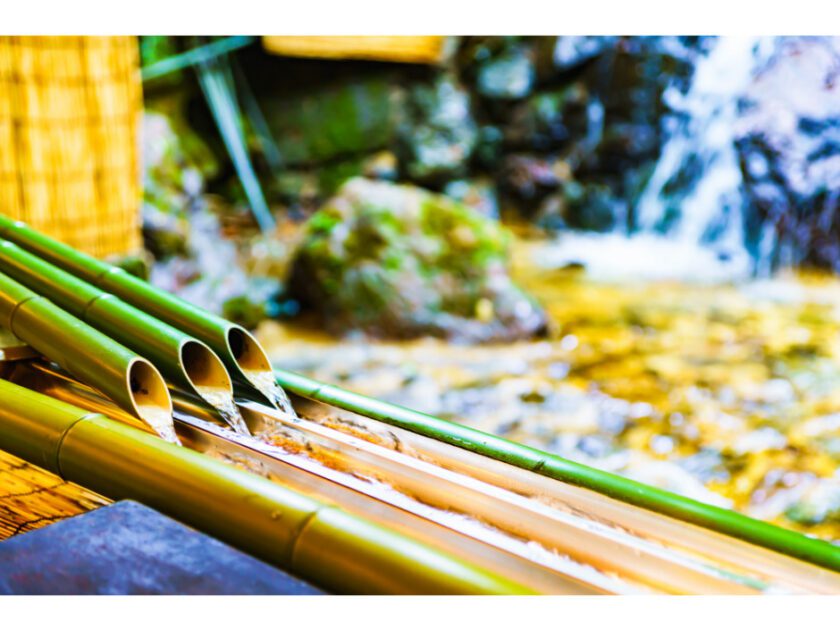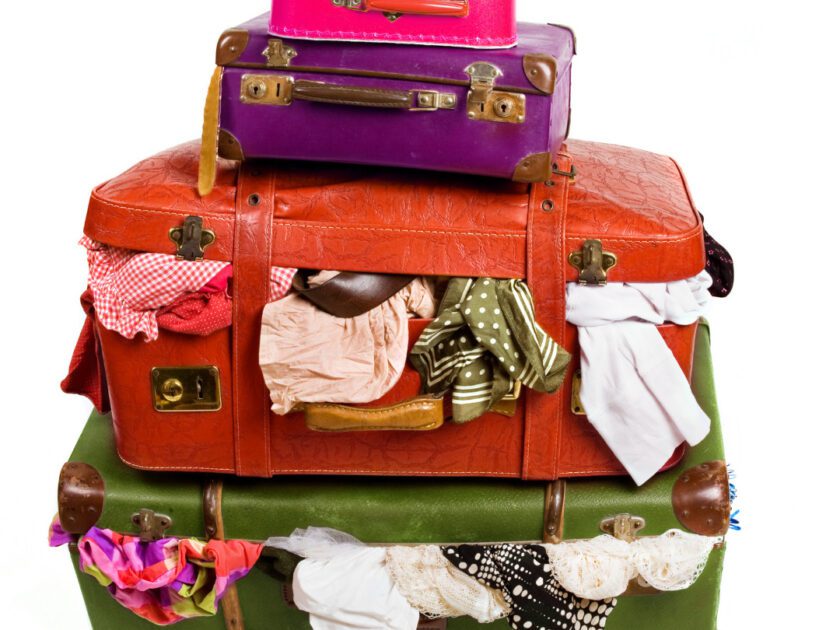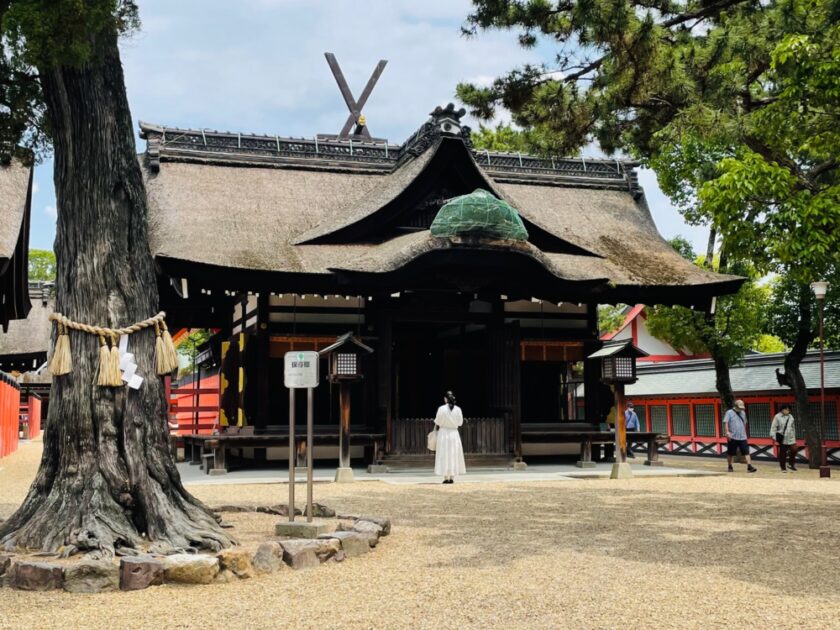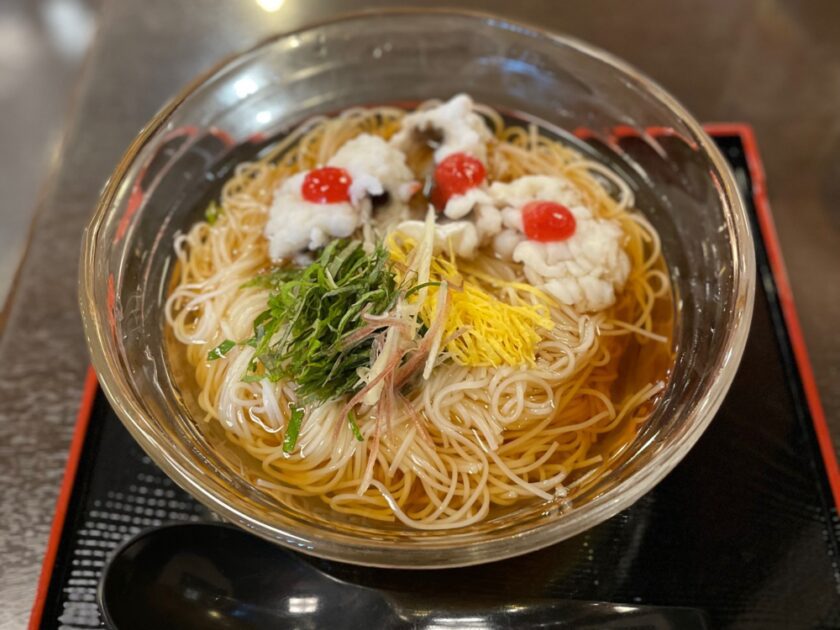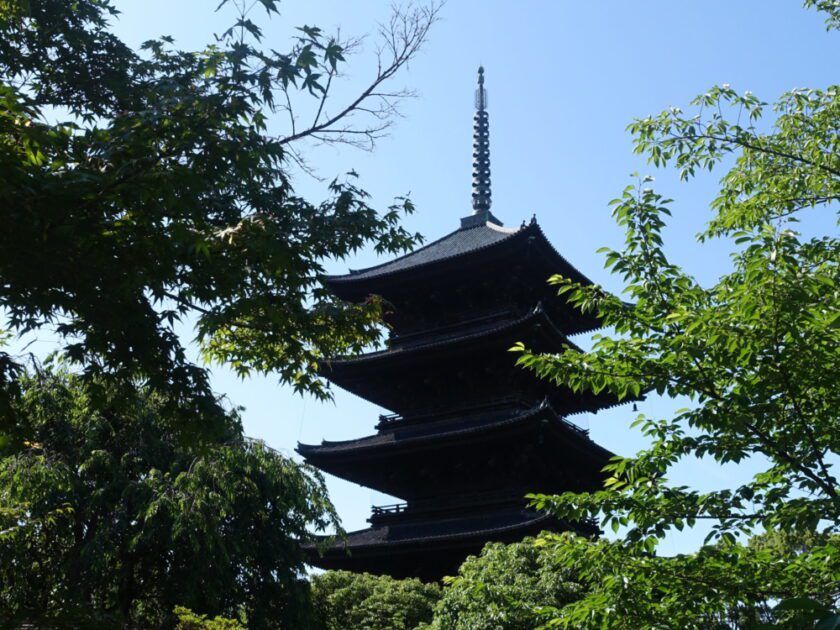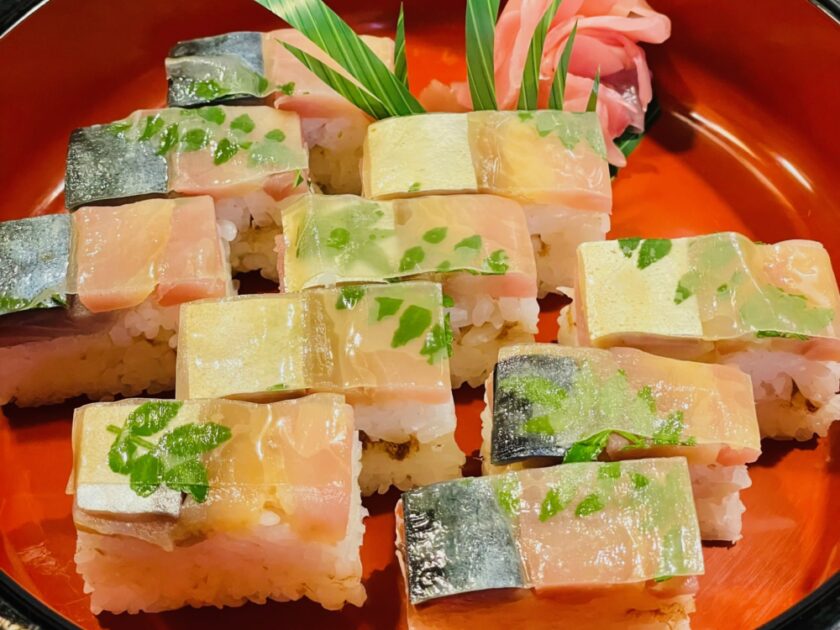Aiming to bridge the travel divide
Aiming to bridge the travel divide Table of Contents 1. Thinking through the Continued Zero Sales 2. What is the Travel Divide? 3. Frequency of travel among seniors has declined sharply 4. Traveling is the No. 1 hobby of seniors 5. Travel lowers dementia risk 6. Invisible handicapped accessible to Travel for the Disabled 7. Family travelers show a sharp decline in overseas travel 8. Family international travel extends children’s curiosity 9. Travel Divide among Millennials 10. Conclusion 1. Thinking through the Continued Zero Sales We have had zero sales since the company’s inception on December 7, 2021. Naturally, we are in the red for our costs. The reason is due to the inability of individual foreign tourists to come to Japan due to COVID-19. Europe, the U.S., and some Asian countries reopened overseas travel since spring 2022. We had expected that the Japanese government would ease the entry of individual foreign tourists in the fall of 2022. However, we must say that the easing of re-entry in the fall of 2022 has become more difficult by increasing the number of COVID-19-positive since mid-July (the 7th wave). Our deficit will continue until the easing of immigration. I’ve


